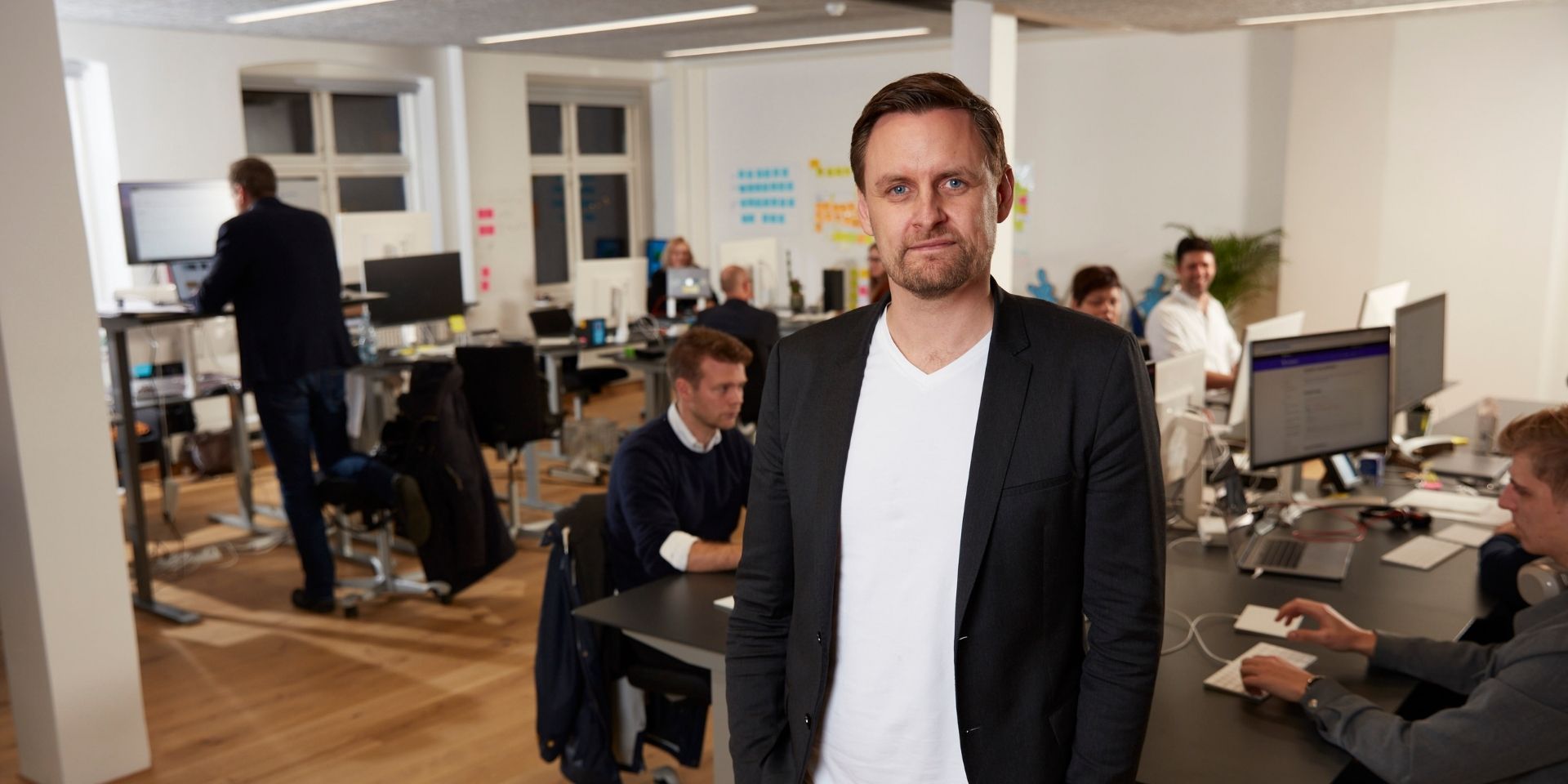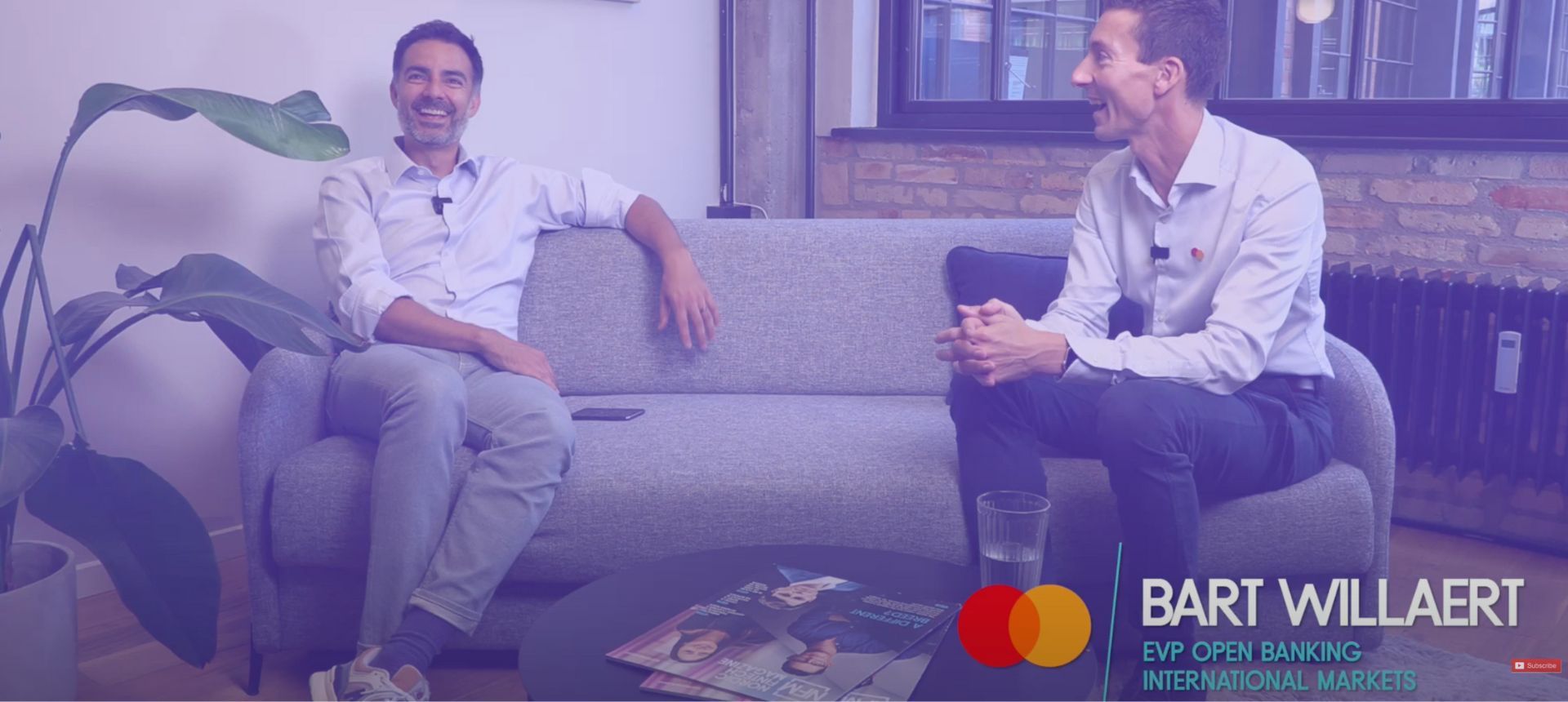
Build products on people not pipe dreams - Part 1
December 07, 2020 | News
So, you care about your customers and want to serve their needs. That's great. Perhaps you want to start building solutions that your customers might not even know they needed but will soon find they can't live without (Remember the iPhone launch)? Fantastic. But while it may be true that customers don't always know how to articulate their needs or desires, it's vitally important to still listen to what they have to say and gather qualitative insights based on user research. That's something Nordic API Gateway CEO Rune Mai believes you need to do in order to create a genuine customer-focused culture.
In this first part of a two-part series, we'll hear Rune's thoughts as he spoke with the hosts of the podcast Fintechpodden on building services that actually work, the recent launch of Nordic API Gateway's fast-track open banking platform Aiia and evolving from open banking to open finance.
Delivering an open banking platform that actually works
It wasn't long after the European Commission proposed a revised directive on payments services, known simply as PSD2, that Rune began realising there was an unmet need in the field of fintech to deliver an open banking platform that actually worked. And as corny as that might sound, its implications are quite practical. It means working closely with local banks and FSAs to ensure a level of quality is provided that allows use cases to go live and be successful with their open banking solutions in accordance with various local and regional requirements. It may sound simple, but in reality it’s quite a difficult undertaking to provide a service that is fundamentally usable.
So Rune, together with his Icelandic business partner Gudmundur, set about building a service that would allow any company to connect their users to bank accounts, both personal and business, for either data retrieval or to initiate payments throughout Europe. And while Rune admits that technology like Nordic API Gateway is still a new development for the financial industry, he sees the potential for open banking to fully mature over the next year or two.

“PSD2 is tricky because it doesn’t provide you with exact knowledge; it provides you with stuff you can interpret, either as a bank or as a third-party provider (TPP) or as an FSA. What we do is help businesses look at their own interfaces and the data fields that they present to their customers already. It’s really important to get transaction details: What exact time did the transaction take place? What technology was used to initiate the transaction? Those details should be present in the APIs. There’s still a bit of work to do, but it’s maturing very fast and we’re helping it along,” Rune explains.
Aiia: Fast-track open banking for all
While there’s no doubt that open banking is a win for the consumer side, businesses of all sizes and in every industry can also benefit heavily from the advantages it offers. For example, Nordic API Gateway services accounting system providers that have clear-cut cases highlighting cost reduction, business process optimisation and automating tedious processes like reconciliation and bookkeeping. Now it's simply a matter of accessing bank account data directly from the accounting system to remove the reiteration between bank and bookkeeping.
But getting a license and the right access to the APIs is not a walk in the park. First you have to order your own security certificate and then onboard it to all the banks you want to access. So moving from an open banking idea to actual launch can take months. Rune clarifies:
"Startups can’t survive at a snail’s pace; they need to move faster. That's why we created Aiia; it's a fast-track, Europe-wide open banking solution for companies that can’t get a license for whatever reason - lack of resources, knowledge, money ... whatever. All they need to do to begin using Aiia is be vetted by our KYC and AML checks and they're good to go."

But, according to Rune, Aiia is actually geared toward the end user, whether that be a citizen or a fintech. Aiia Data, for example, gives you an overview of all the data you’re sharing, which services you’re sharing that data with and for what purposes.
"So if you’ve already set up your accounts in Aiia and you go to a new service you want to share data with, you simply click on the account you want to share in Aiia and you’re good to go. You don’t have to log into your bank account," Rune explains.
The same goes for payments. No PISP license? No problem. Users can piggyback on the Aiia Pay license to initiate instant, low-cost account-to-account payments that sidestep all expensive credit card and transaction fees.
Another convenient Aiia feature is that you can automatically re-authenticate each service you share data with through Aiia in just a click every 90 days. No need to re-authenticate each service manually every three months.
"To me, it’s counterproductive to ask for a full SCA every time if you're allowed not to. If compliancy is the sole purpose of a product, then the usability is in the background. Banks that use face recognition to log in to their app see their app usage explode," says Rune.

Evolving from open banking to open finance
The next chapter in open banking that seems to be on everyone's lips nowadays is open finance. From day one, admits Rune, Nordic API Gateway has always had its focus on what services could be created beyond the borders of banking and how those services could ease the lives of businesses and consumers alike.
"PSD2 is a directive that really only covers payment accounts, but payment accounts are only half the picture. If you want to get the true advantage out of sharing your data, then you want to share all of your data, not just half. I think banks are quickly realising that PSD2 allows them to use the data they’re sitting on in more ways than one. They’re also realising that they’re missing data that would allow them to carry out quality digital credit assessments," he gives as an example.
The CEO goes on to reveal that there are a ton of closed-loop accounts (e.g. taxation accounts, student loans, etc.) where banks and fintechs could collaborate to offer open finance advantages. For example, banks could build an infrastructure out of their products and then use fintechs as distribution engines.
"Why not have banks launch a housing mortgage fintech or a car app that ties your accounts to the app so you can see the total cost of ownership? Because, in reality, you have to pay for more than just a loan; you have to pay for repairs and government service fees and all sorts of other things. All that could be mapped out by the app and then you could loan money through the app according to your specific needs," Rune contends.

Moving forward, it's almost inevitable that banks will become fully digital as an added convenience to these open finance opportunities. If you need professional financial advice, you’ll be able do it remotely after business hours and from home. No need to fight your way through congested city traffic to have a boring meeting about details you don’t really know anything about.
"Banks shouldn't be afraid of this move because they think they'll lose contact with their customers. They won't; it’s just a different way of interacting. It's more convenient for both sides," insists Rune. "If you listen closely to what your customers are saying, you don’t necessarily need to meet in person to have an interpersonal relationship. But their commentary does need to somehow find its way into the building process of your products."
In Part 2 of our series, we'll hear about the future of credit cards, what European markets can learn from their global counterparts, how to win the customer/interface relationship and why you can't build your products on lofty ideas alone.




